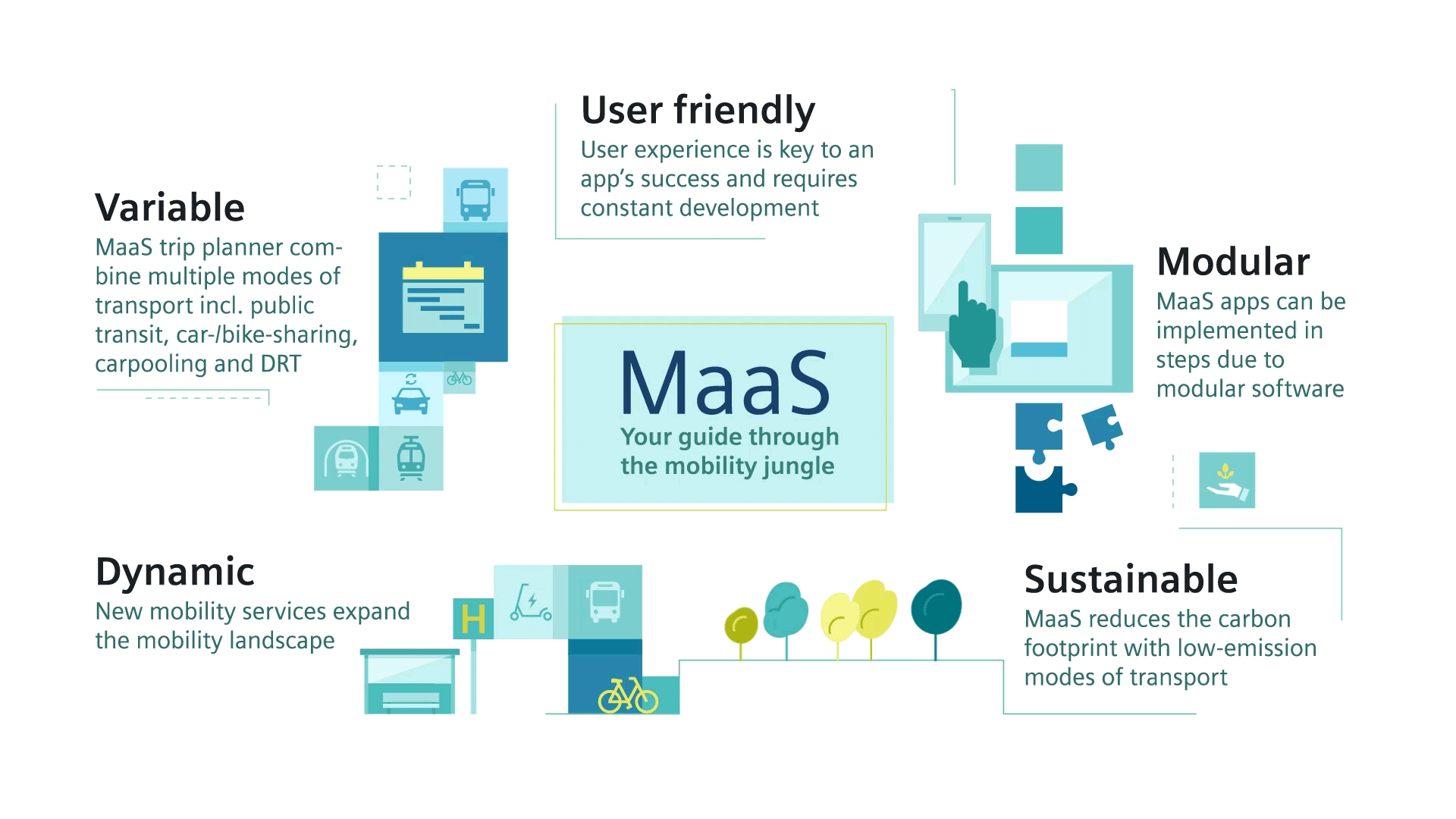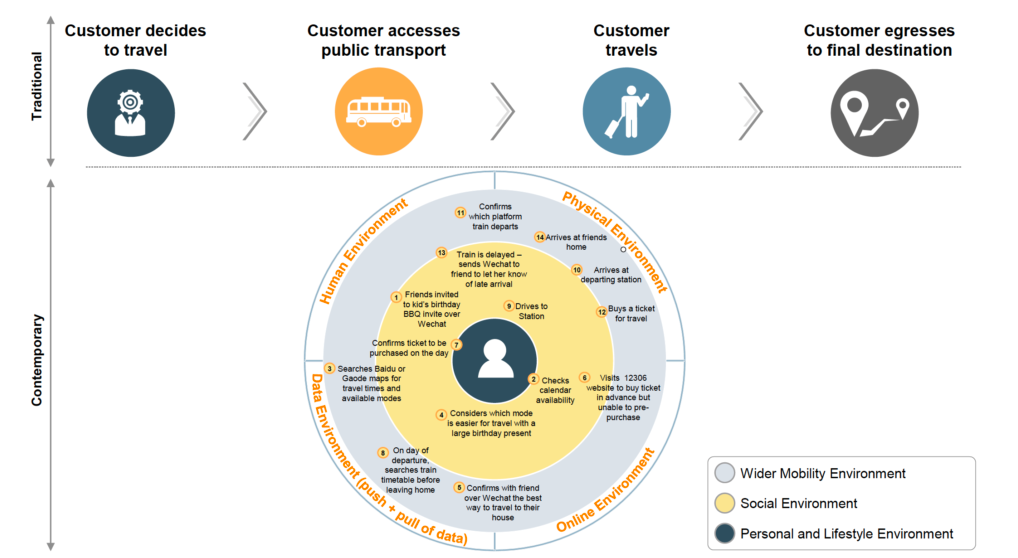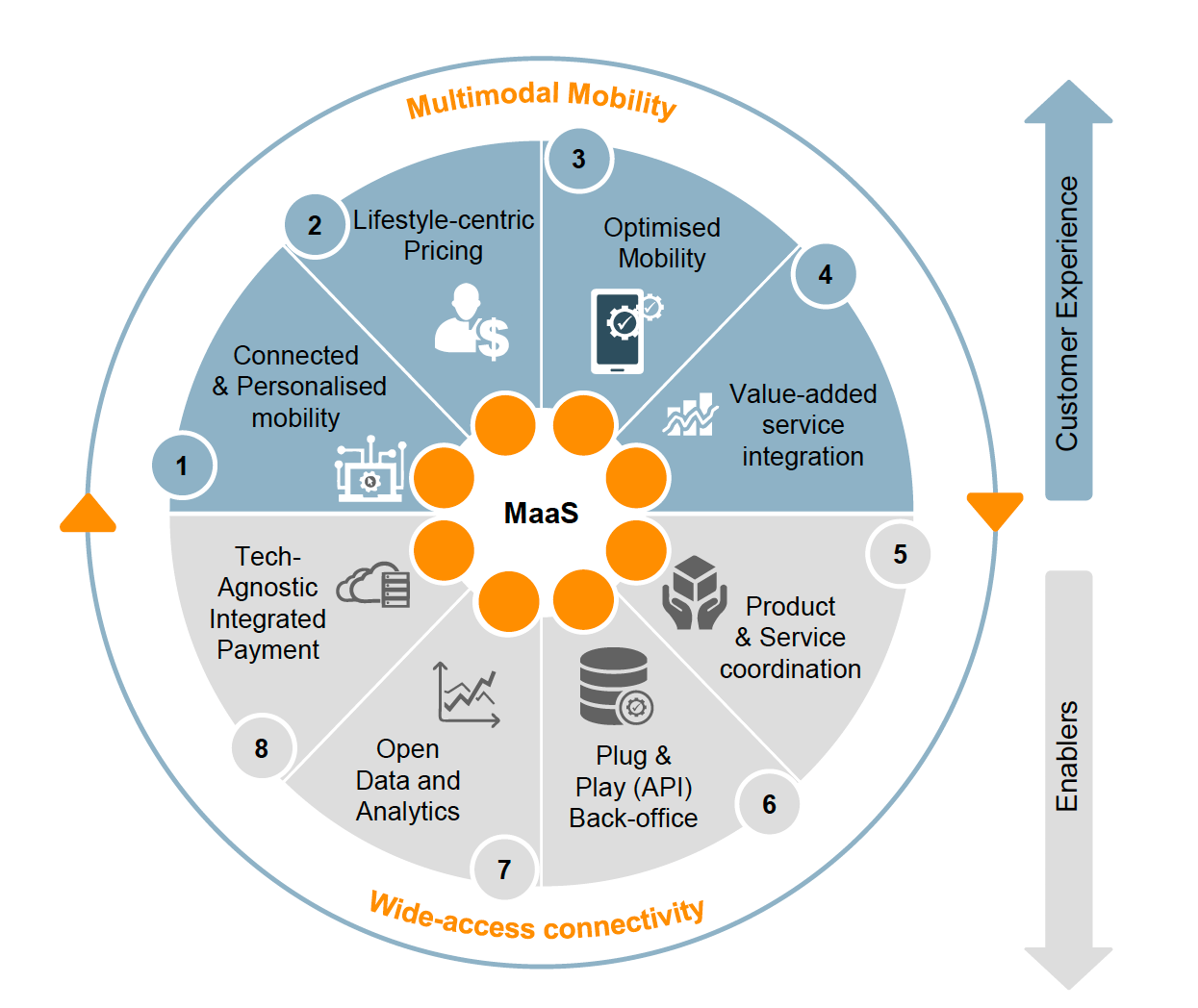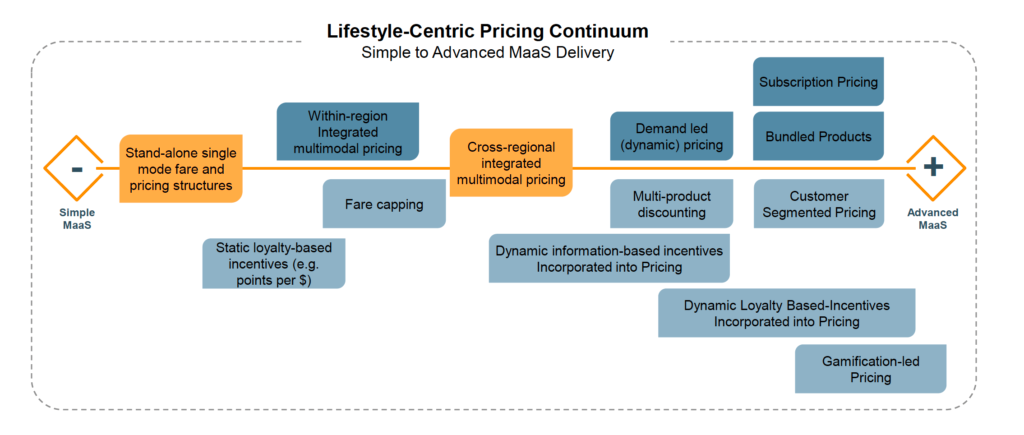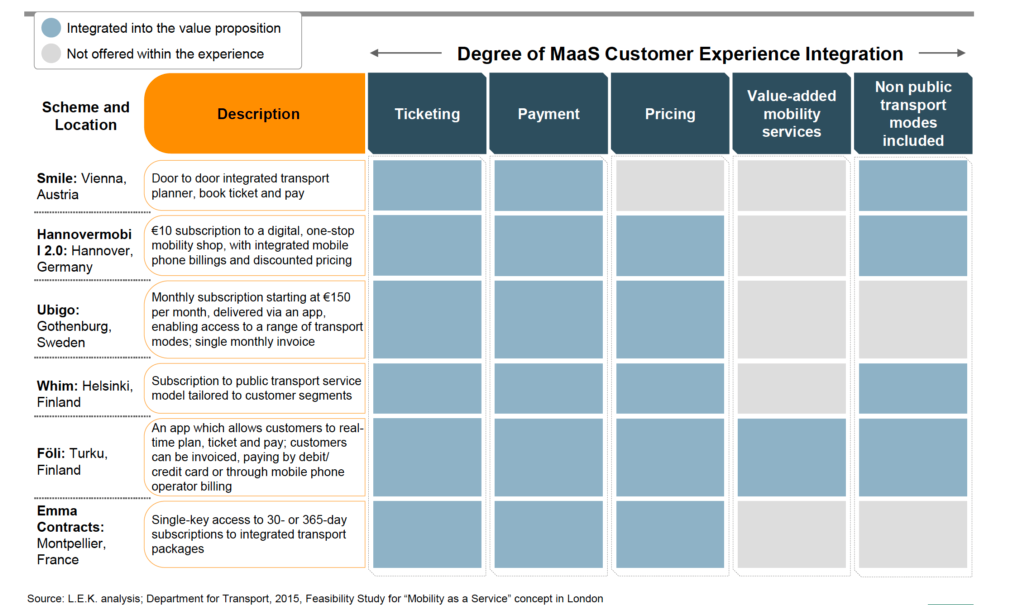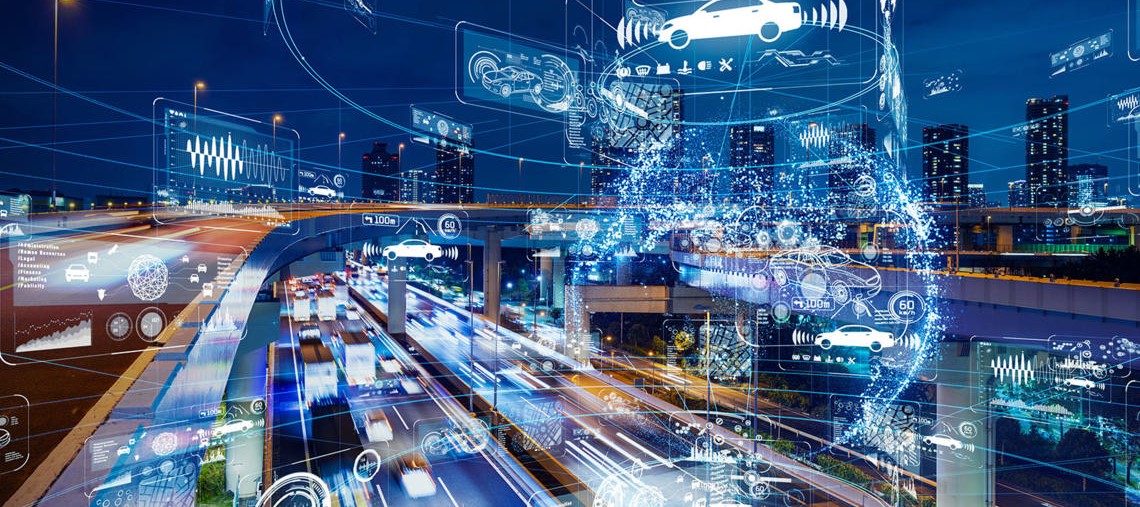The project description
We live in a world where things get smarter. Our smartphones, computers and now our transportation. The urban transport infrastructure has fragmented over the past years, requiring several cards, applications and payment systems to get around the city. MaaS emerges as an answer to this problem, based on the interoperability of the various transport services, seeking to unify them on a single platform, and making them complement each other by optimizing travel in the city. After the covid-19 pandemic, it becomes a possible answer for the optimization of urban mobility, avoiding the large agglomerations and overcrowding of collective means of transport, which would be more intelligent and optimized according to demand.
Another important point is that with greater efficiency of means of transport, we would take one more step towards a sustainable city, since waste would be avoided, meeting the needs of contemporary society to reconcile human development with the health of the planet. In addition, the resource optimization, which would assist emerging countries that have difficulty in making big investments.
This system could also make it easier and more flexible for the user to pay for diverse means of transportation, sharing a common way of control over use, with pre or post paid methods or even a subscription, making it more comfortable for the citizen who enjoys the service in a simpler way, encouraging urban mobility, creating your routes according to your needs.
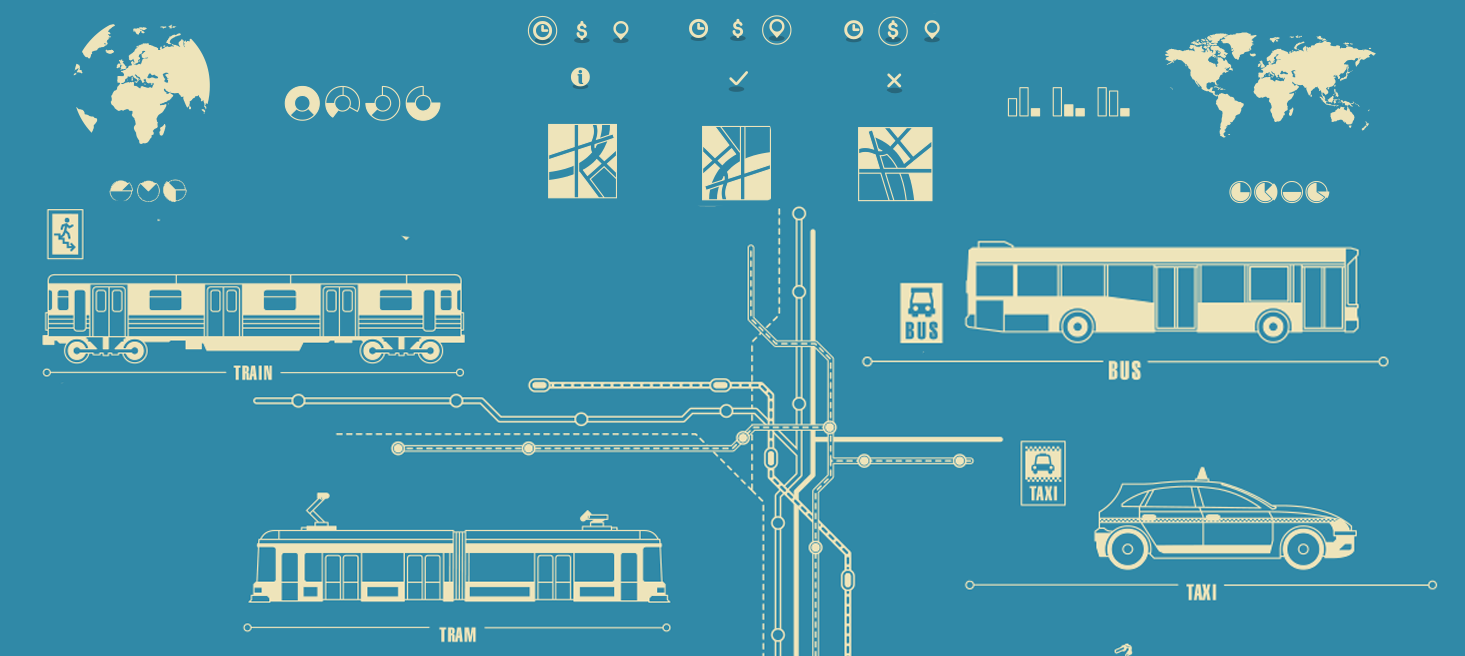
This whole system is based on data, and it is based on that that governments and companies would be able to identify the needs of the population and make more effective investments.
The MaaS system has a series of requirements to functionally work, such as a widespread of 3G, 4G or 5G networks, high quality and levels of connectivity and a well established urbans transport network and city planning. In order for these requirements to be met, cooperation from different agents is necessary, such as solid urban planning working on a transport network, collaboration between the public and private transport sectors, making the means of transport more structured, interconnected and efficient, enhancing collective modes.
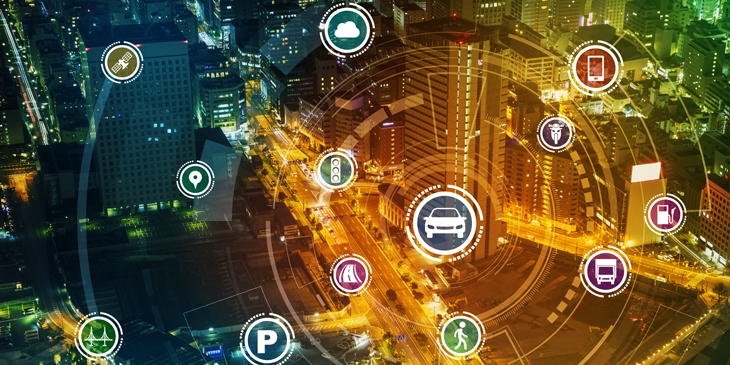
This shift to smarter urban mobility is already happening across the globe. Carsharing, which had nearly 350,000 members in 2006, now has over 5 million members worldwide in 2014, and may exceed 23 million until 2024. Uber has expanded to over 70 countries, and bikeshare systems can be found in more than 50 countries, while in 2004 there were only 11 cities with this kind of service.
